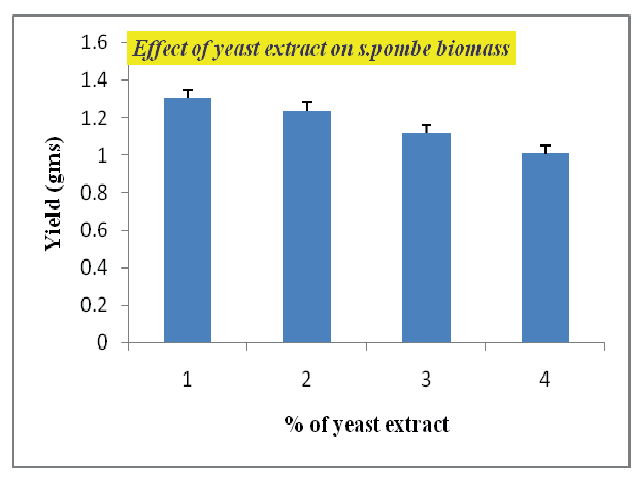Studies on metabolic regulation of Schizosaccharomyces pombe biomass production for glucan yield improvement
DOI:
https://doi.org/10.5530/ctbp.2023.2.16Keywords:
Schizosaccharomyces pombe, One factor at a time, Placket-burmann design, Response surface methodology, Dextrose, Yeast extract.Abstract
Schizosaccharomyces pombe (S.pombe) has been playing a pivotal role in biotech industries as a source of glucans; a biological response modifiers (BRM) and also been studied as a model strain for recombinant proteins in molecular biology. Owing to the presence of > 60% glucans in their cell wall structure, the present research was designed to understand the effect of nutrient regulation on growth of S.pombe to economize the glucan production. The study was performed using two different media; yeast extract with supplements (YES) and yeast extract-peptone-dextrose (YPD) and the YPD medium was noticed to be the best and cost-effective for maximum growth of S.pombe. Thereafter, a sequential optimization studies, starting with one factor at a time (OFAT) methodology followed by two step statistical approach Placket-burmann design (PBD) and Response surface methodology (RSM) improved the biomass yield from 14-34.5 g/L (1.5 fold) at shake flask level. Mass transfer of media components, temperature, dextrose and yeast extract have played significant role in metabolism mediated growth of the S.pombe. The major finding of the present study is non-significance of peptone in enhancing the S.pombe biomass. Validation of the above at bioreactor level with dextrose at 4%, rpm at 200, temperature at 28oCand yeast extract at 2% increased the biomass yield from 34.5 - 52 g/L.



